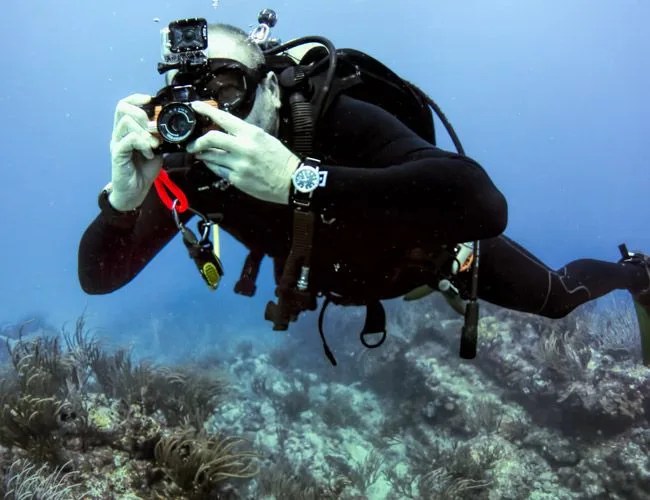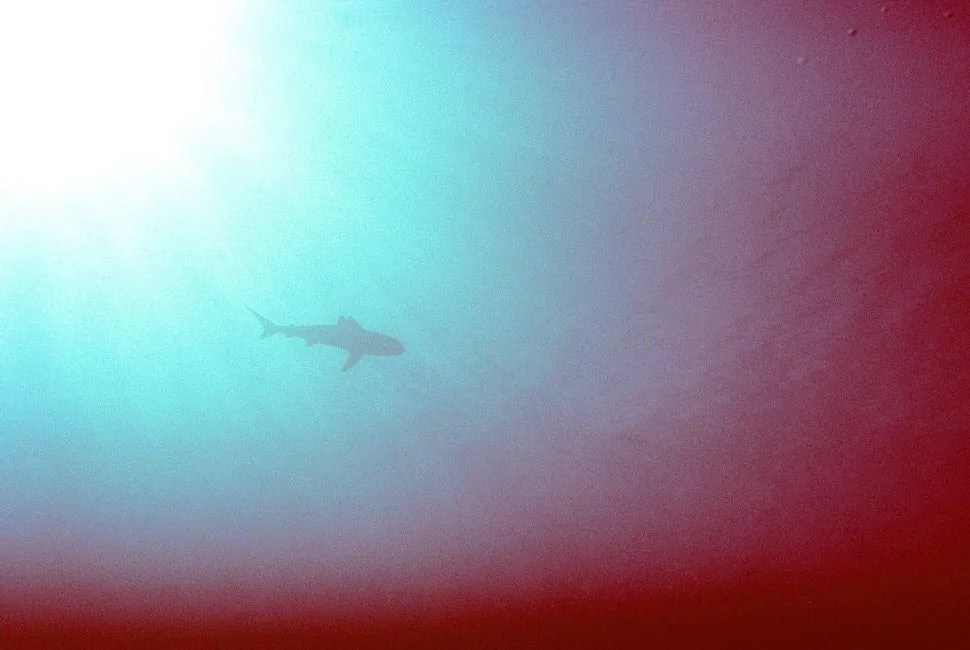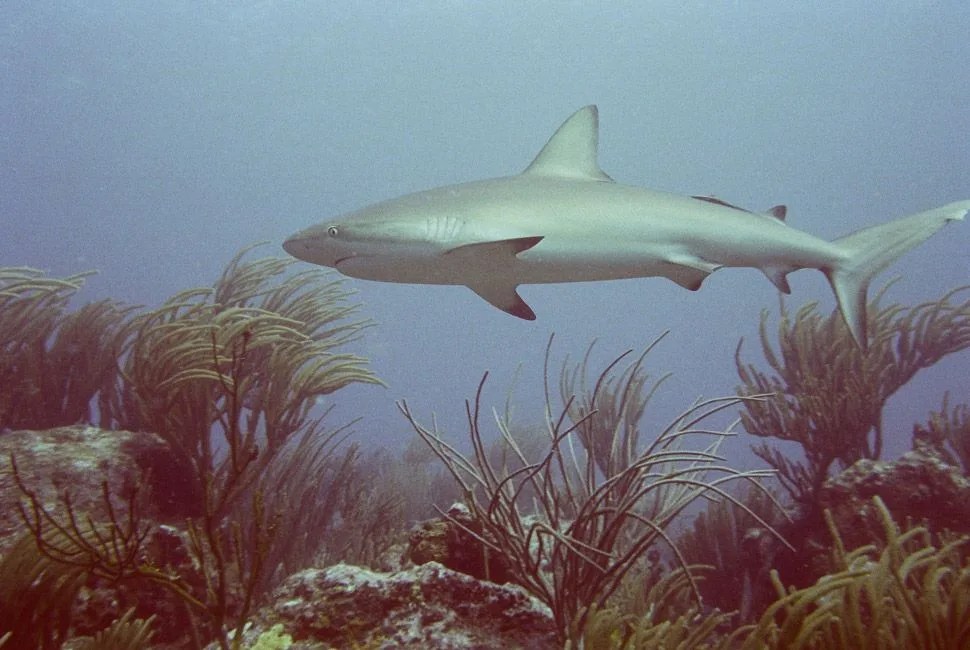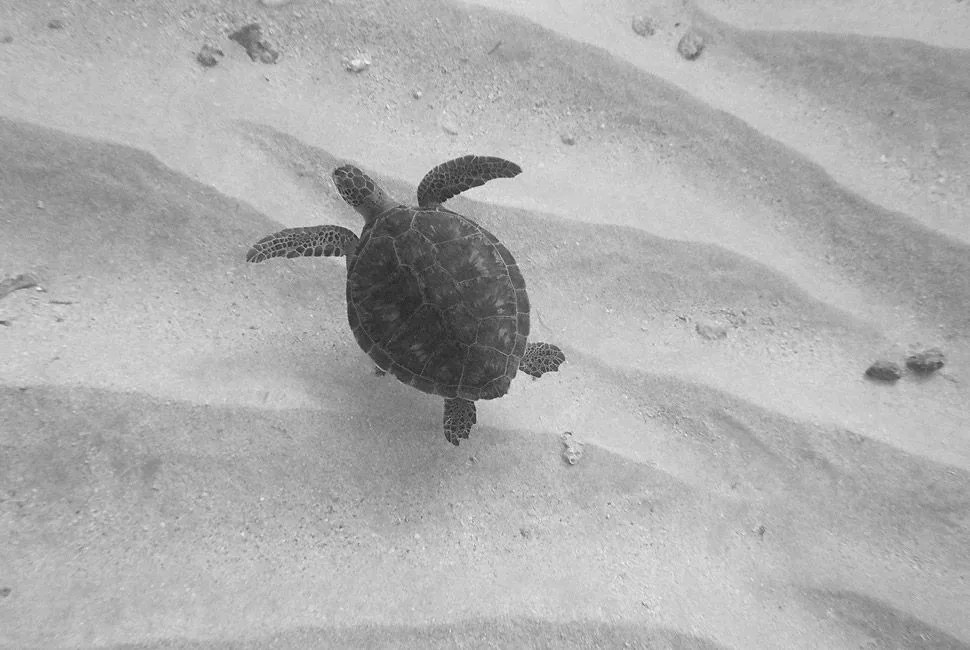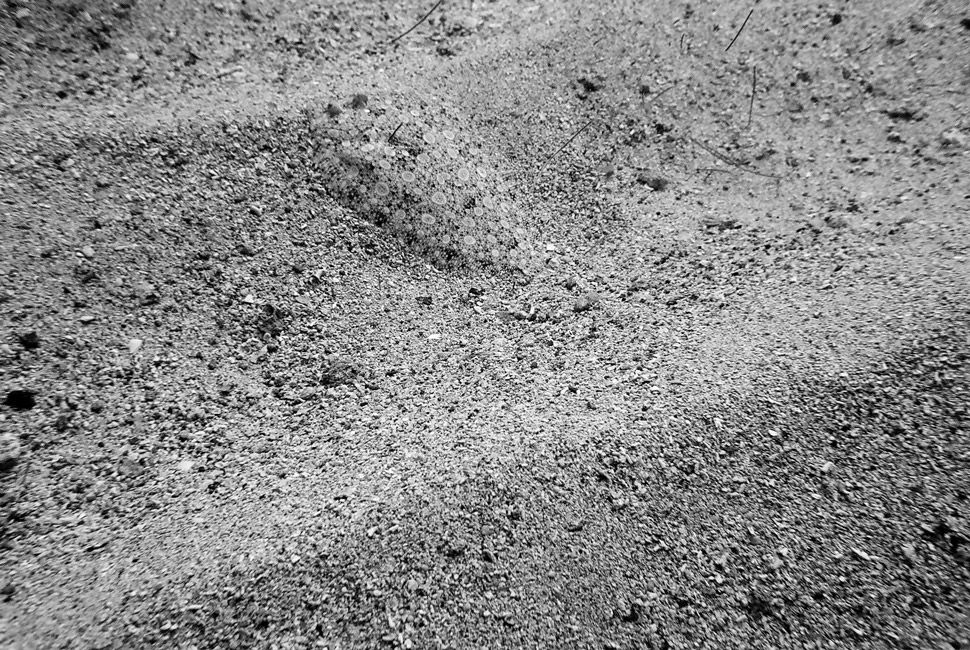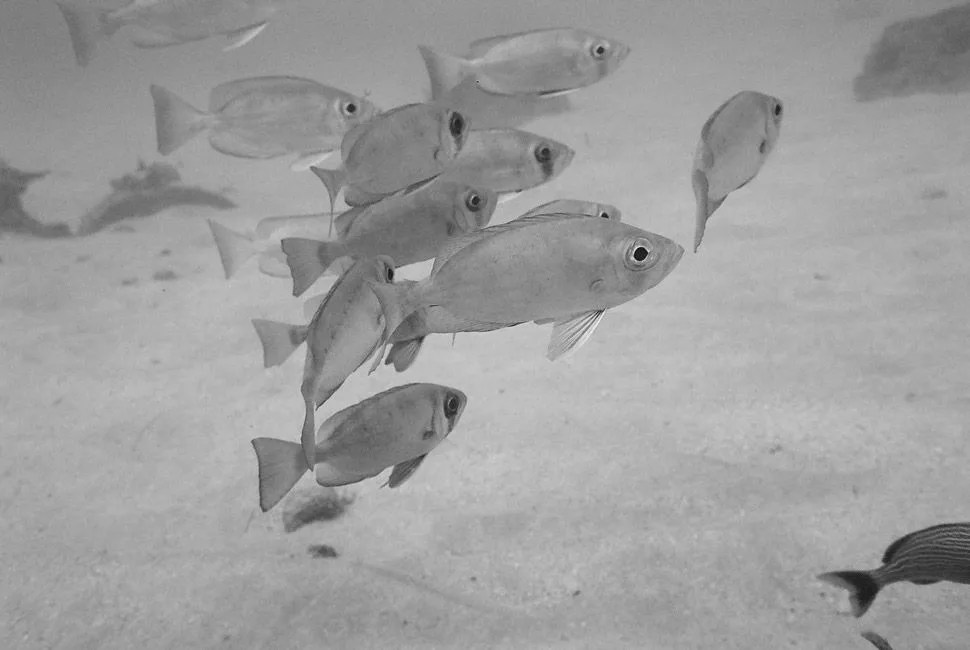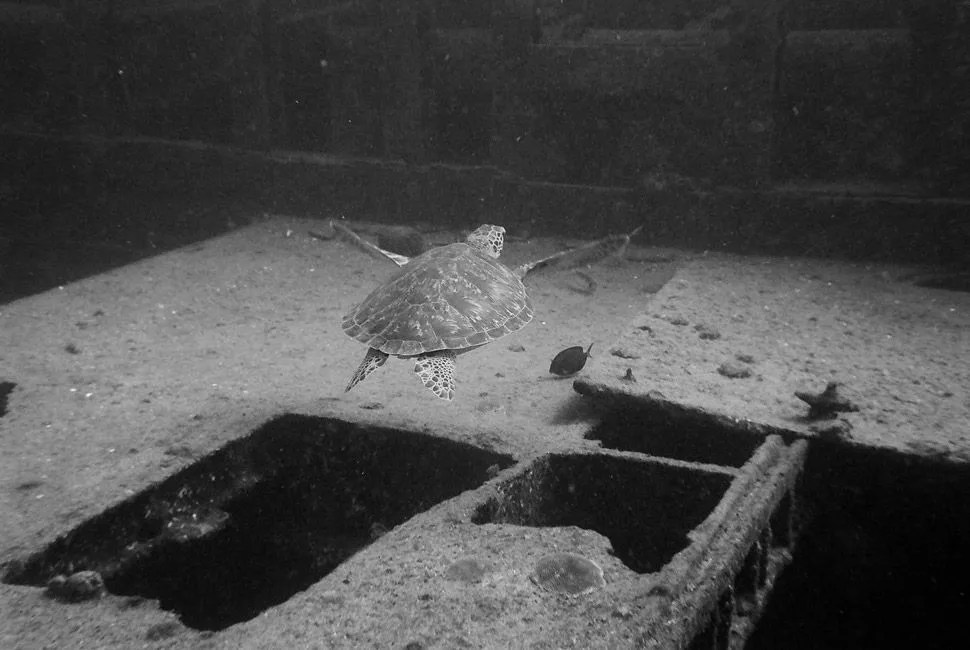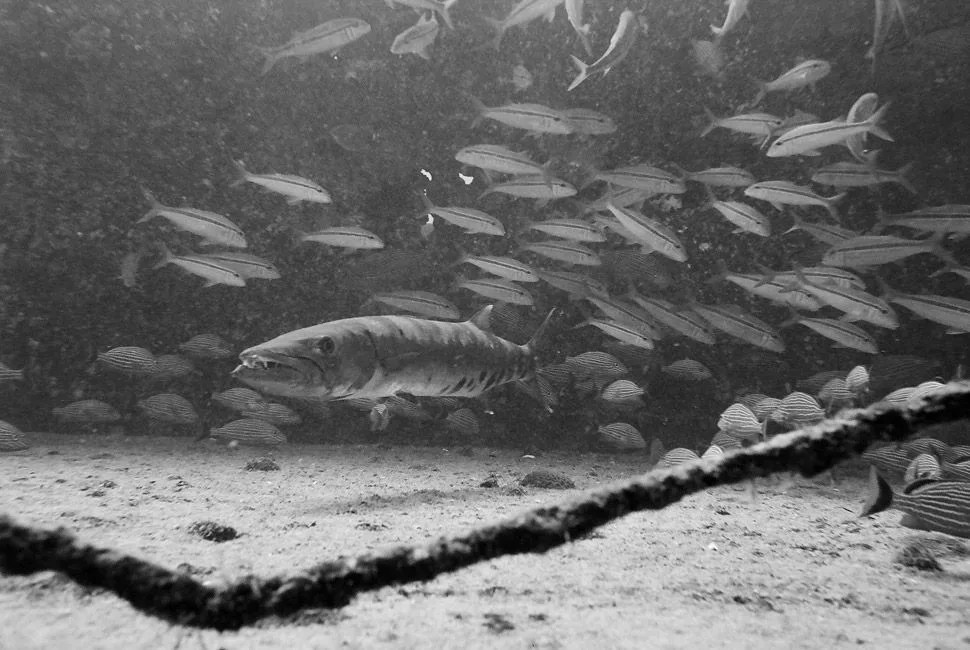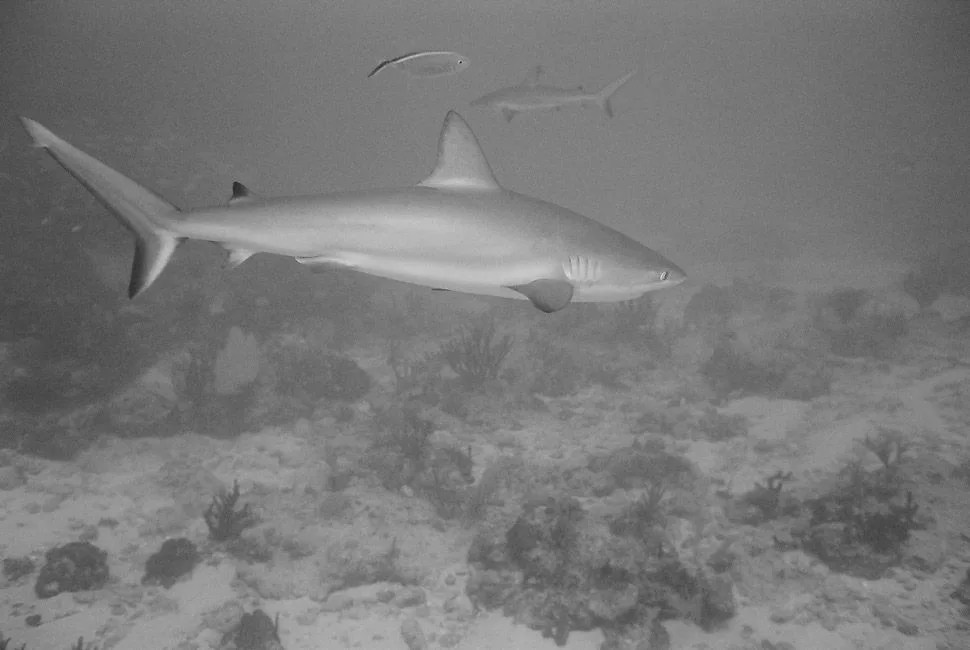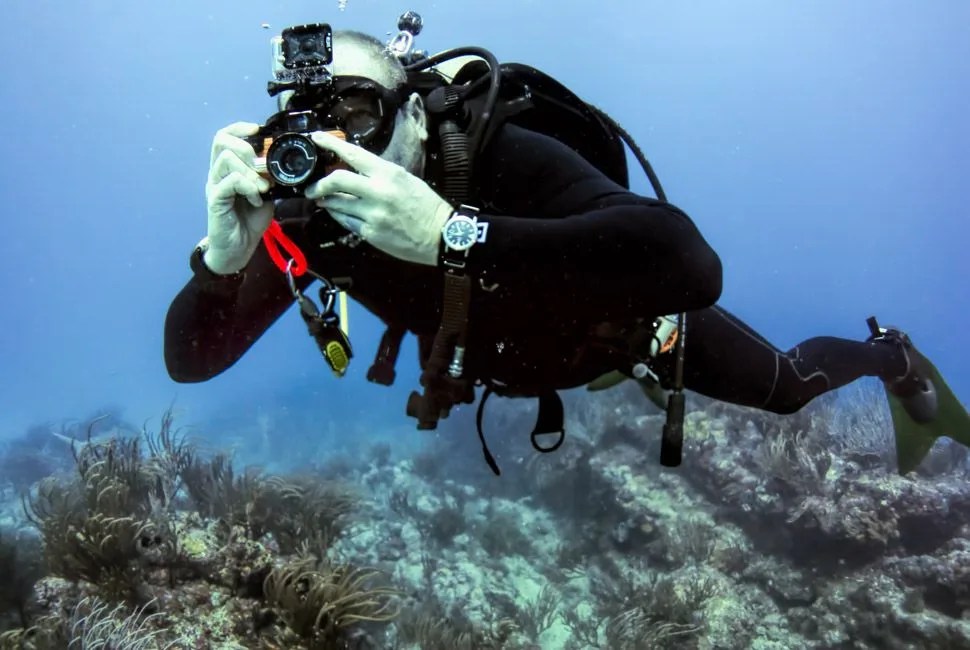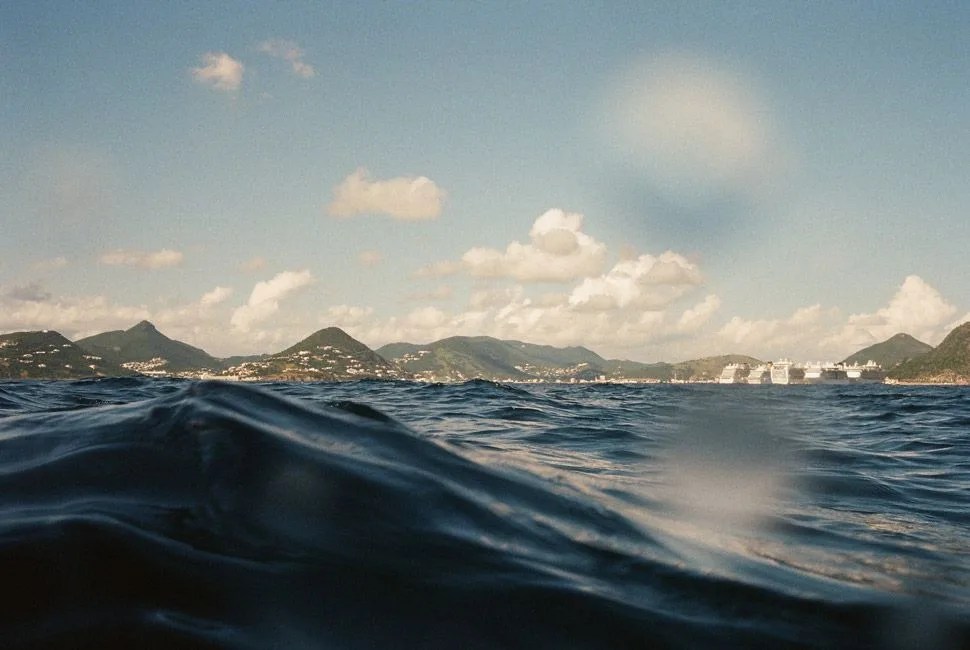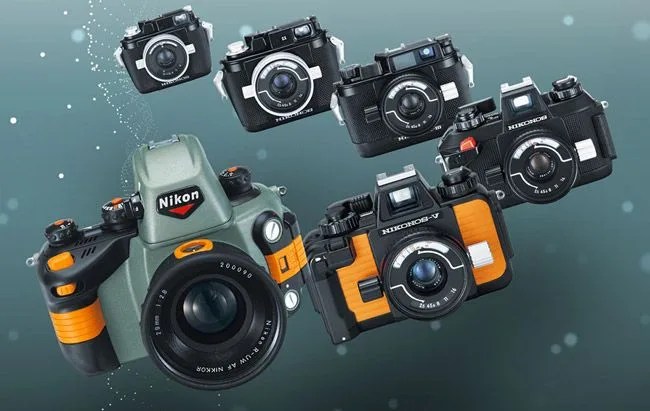10 photos
As a restless and curious kid growing up in Midwestern suburbia, National Geographic was a monthly escape into far-flung adventures, a subscription I blame in part for a life spent tramping about the globe looking for ways of getting into trouble. Along with the foldout maps, polar expedition tales and photos of topless tribeswomen, what mostly drew my fascination were the articles about underwater exploration. I pored over the tales of shipwrecks and sharks, accompanied by photos of divers in bright 1980s neoprene, their eyes wide behind the oval masks of the day. Those were the days of film photography and odds are, those photos were shot with one camera: the Nikonos.

As with almost all things subaquatic, the Nikonos camera had its origins with Jacques Cousteau. Even before he co-invented the self-contained underwater breathing apparatus (or scuba), Cousteau was shooting photos underwater, using crude homemade housings for his cameras and freediving off the beach in the south of France. By the 1960s, then able to breathe underwater thanks to his patented Aqua-Lung, Cousteau turned his attention back to cameras and his French company, La Spirotechnique, developed a sealed rangefinder known as the Calypso, which shot 35mm film and was water-resistant to 50 meters of depth. La Spirotechnique approached the Japanese camera maker Nikon to refine and commercialize the Calypso. Nikon perfected the design ,and at the 1963 Photokino fair in Germany, the Nikonos made its public debut suspended in an aquarium.
The Nikonos Project
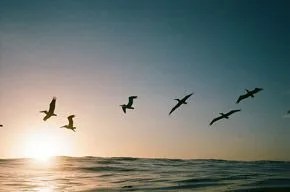
Even if you never intend to dive below the waves, you can still make good use of a Nikonos. Because of its simple mechanics and rugged build, it makes for an excellent all-weather camera, suitable for rain, snow or surf.
